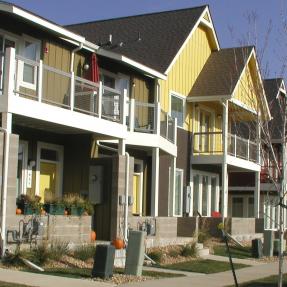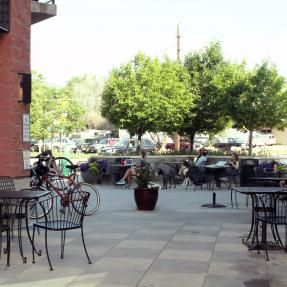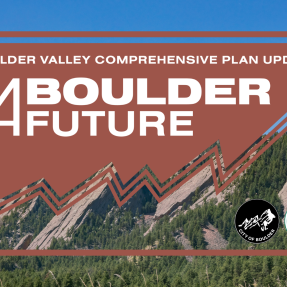Project Overview
City Council adopted to the East Boulder Subcommunity Plan on Oct. 6, 2022. The plan guides the evolution of East Boulder over the next two decades into a local business hub with a variety of housing options and an artful community that is well connected to the surrounding city and the region.



